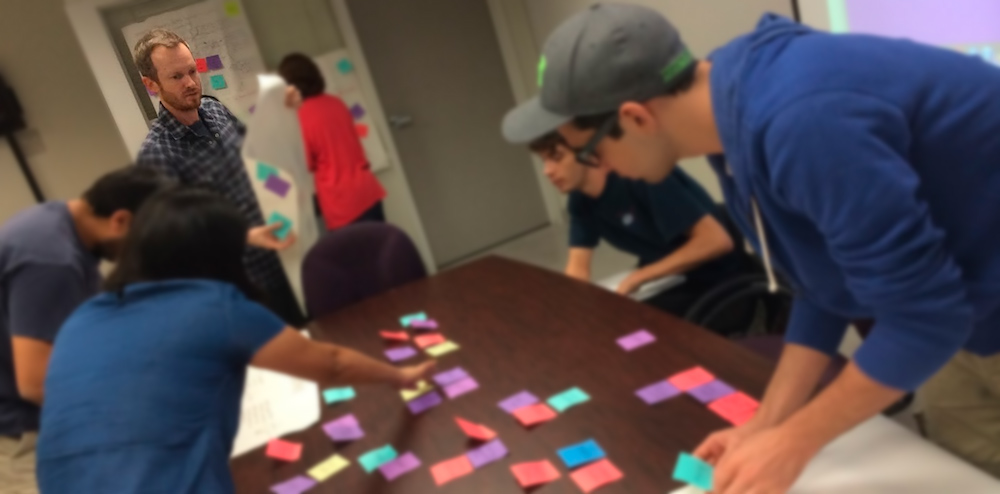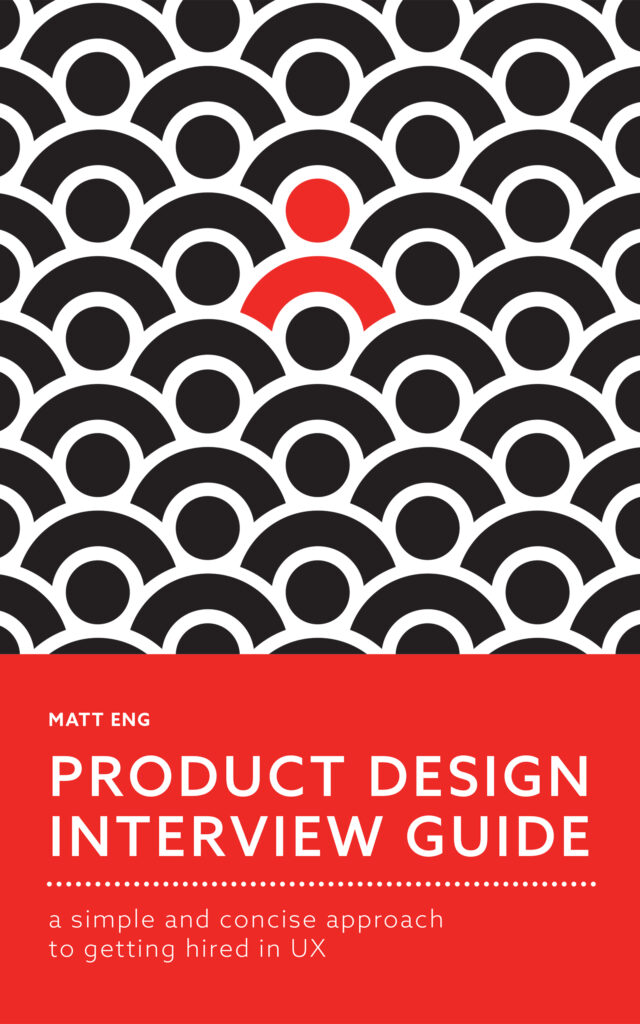This week I caught up with a former student from my “Intro to UX course” at Austin Community College (ACC). James Hyland was once a professional musician, and has since made the jump to UX. Currently, he is working at National Instruments (NI). We sat down for a brief interview to discuss the challenges he had to overcome to break into UX.
What do you do at NI?
I am an Interaction Designer. I work on LabVIEW system design software. We basically create a way for our clients to test their environments and software.
How did you get started with design?
In my previous life, I was a musician. Making late night drives to do shows for very little money was starting to wear on me. I guess you can say that I fell into design during that period. What got me excited was being able to use similar skills such as storytelling, but I can have a bigger impact on more people.
Study the right things
Talk about your experience at ACC.
ACC’s diversity is pretty unique. There is a good mix of people right out of high school and people like me who want to change careers. This can be good and bad. The classes were a great introduction, but I felt I needed to learn more to be successful.
No one cares about student work. I worked on a real problem, and I tried to solve it
We had a guest speaker, David Avila. He really stressed that we should study the Masters (Don Norman), current trends (Google Material Design), and design at deeper levels (micro interactions). I took all of that to heart. Any video from Don Norman on YouTube is a must. I think I watched all of them multiple times.
Break into UX with the right portfolio
How did you make your portfolio stand out?
This is something I thought was true when I was a student. I later confirmed it after I started working. No one cares about student work. I worked on a real problem, and I tried to solve it. From my past experience as a musician, I focused on a problem I knew very well. I used the UX process to create a solution for musicians that need to travel with a lot of equipment. I had other projects in my portfolio, but people were most interested in that project. That project and the artifacts represented in it had to be solid.
Check out this post to learn more about how to improve your UX Portfolio.
Expect how the real world will receive you
What was your job hunting experience?
I was lucky with NI, but before I interviewed with them I got a lot of rejection. When you’re starting out you can’t be choosy. You’re competing against a lot of people. If you can make it, you can potentially find a very rewarding and lucrative career.
What’s one thing new grads should focus on?
When I first started working, I realized I was so deficient in my knowledge. I remember being in my first client meetings and not understanding one thing people were talking about. Now, is your time to learn. You should be spending this time absorbing as much as possible. Get out of your textbooks. One of the biggest things is Google Material Design. You should study this.
James has been designing and honing his craft as a UX designer for over a year at NI. You can find him online at @JamesHylandATX
Here are some resources that James suggest we all should check out.
Don Norman
Three ways good design makes you happy
The Design of Everyday Things: Revised and Expanded Edition
Dan Saffer
Microinteractions: Design with Details
Microinteractions: Full Color Edition: Designing with Details

